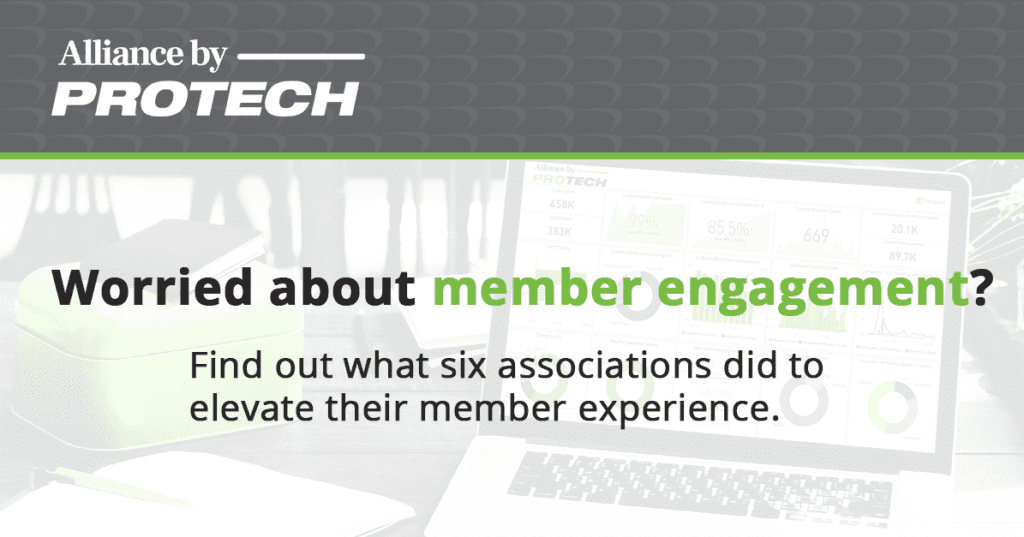
By The Protech Team
Lodged among emails regarding Amazon orders, new LinkedIn connections, concert recommendations and weekly flight deals lies something pretty important to your association: a membership renewal reminder.
For the ultra-rare, inbox-zero heroes among your trade or professional association’s ranks, this isn’t an issue. But how do you connect with everyone else? How do you make sure your email is not only seen and opened, but also clicked?
By no means should the following four statistics be used to create hard and fast rules, but they will help your association reset the strategy, design and content within your upcoming membership renewal campaigns.
1 – In 2019, 246 billion emails will be sent daily
Even if every single one of the 7.7 billion people on earth used email, everyone would receive an average of approximately 32 emails per day. It’s fairly easy to get lost in that chaos – especially considering the fact that many of us see far more than 32 emails pass through our inbox each day.
There isn’t really a silver bullet to overcoming this stat from The Radicati Group, but a couple of things come to mind.
If you’ve built up a strong, highly engaged online community of members, your association can focus its renewal campaign there. For associations without an online community, the simplest method to drive membership renewals via email is with concise, well-designed emails featuring clear calls-to-action.
2 – Too much scrolling is the “most annoying” thing about reading email on a smartphone
When building an email, it’s easy to start stuffing in as much content as you can. A free offer here, a piece of downloadable content there and you’ve already placed too much in that membership renewal email as far as Adobe survey respondents are concerned.
But is “too much scrolling” really that big of a deal? When considering the fact that approximately 75 percent of Americans say they most often use their smartphones to check email, yes, it is a big deal.
3 – Tuesday at 10 a.m. is the best time to send emails
According to CoSchedule, Tuesday morning is the best time to get your emails read. That said, it really depends on the makeup of an association’s membership base.
Who are they? When do they typically work? Do more members prefer to be contacted through their work or personal email accounts?
If a large group of members uses their personal email addresses to communicate with your association, early morning or late afternoon email communications could be worth testing — or possibly even the weekend. Why? Because 52 percent of working Americans check their personal email every few hours during a normal week day. This leaves nearly half of your audience who don’t.
And if all else fails, consult your email marketing system and make data-driven decisions on email timing based on previous distribution times and click rates.
4 – Almost three-quarters of emails are marked as spam based on subject line alone
One wrong word and your membership renewal reminder goes straight to the spam folder.
Even still, if you make it to their inbox, 69 percent of email recipients will mark an email as spam based solely on the subject line.
Not only does this statistic highlight the importance of the subject line, but it also serves as a reminder to avoid terms that could trigger a spam filter. Here’s a massive list of those terms from HubSpot, including some that might be relevant to your association:
- “Free access”
- “Being a member”
- “Offer expires”
Fortunately, spam checkers exist in many email marketing systems. But it’s always good to be extra careful.
For more tips like these, download the e-book, “Association Experts Share the Hidden Truths to Member Engagement.”

